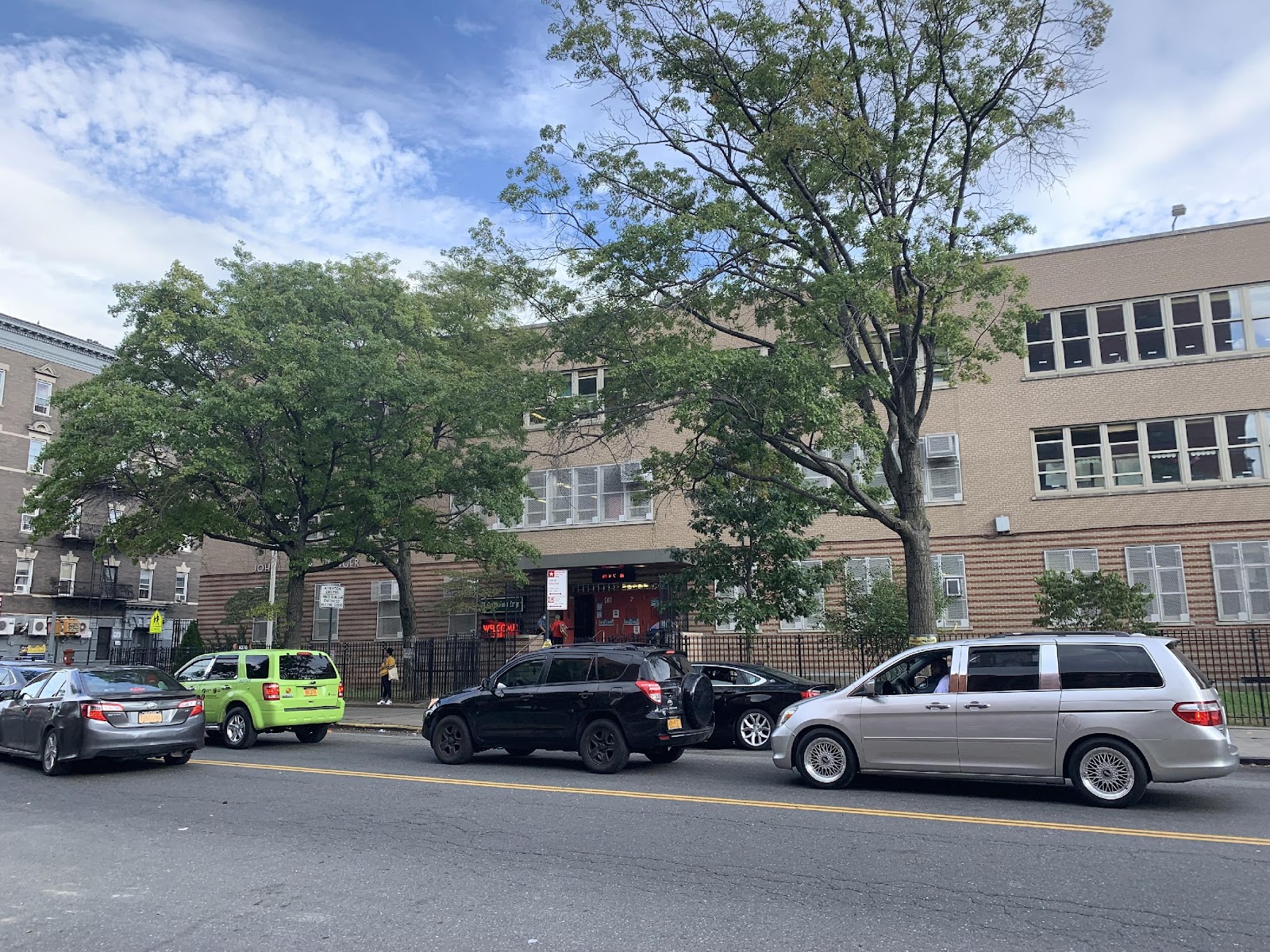(Para leer este articulo en español, “Pasa factura: Profesores discuten agotamiento,” vaya a esta versión).
Passing the noisy and busy halls of Mott Haven Community High School, New York City peer collaborative teacher Wardell Minor expressed concerns of burnout and mental health for his co-workers. He stands outside for a moment, the noise draining from the other side of the door.
“I’ve talked to several teachers,” Minor said, “and they have restless nights or more instances of depression or different things like that — as well as just worrying in general about their family, selves and students.”
A study conducted in March by the Brookings Institution found 42% of teachers considered leaving or retiring during the last year. Among those who considered leaving, about half said it was due to the COVID-19 pandemic.
Prerna Arora, a Columbia University assistant professor of school psychology, noted many educators are facing stress and burnout due to the uncertainty of the profession. Some bounce between in-person lectures, online lectures and a hybrid of both, depending on if their students tested positive for COVID-19 or encountered someone who was.
In addition, the fluctuations in learning conditions and educator changes can lead to poor mental health and academic outcomes for students, she said.
“How we can provide supportive environments for educators and school personnel is critical to making sure that we’re kind of addressing this level of stress and burnout that teachers are experiencing,” Arora said.
According to Minor, the pandemic shed a light on the implications of burnout and mental health issues of educators. Solutions he’d like to see implemented include the Department of Education hiring more therapists and social workers — not only for students but for teachers, as well.
The Mott Haven Herald reached out to the Department of Education for comment but has yet to receive a response.
“We see future generations of students who may not be as prepared to deal with the real world because the teachers may not necessarily be able to give 100% of themselves because of all the societal issues going on and the pandemic happening,” Minor said.
Although Minor is vaccinated, he has a slight concern of contracting the COVID-19 virus. He said he wonders if his interactions with students or co-workers will lead to a positive test.
“I think it takes a toll on you as well, mentally, emotionally, socially, and physically,” Minor said. “I think things have improved since last March, but I think we still have a long way to go.”
William Woodruff, representing the United Federation of Teachers Bronx School District 7, said officials need to try to recruit people to fill vacancies of educators by investing in professional learning.
When recruiting new educators, Woodruff expressed a need to invest in measures to stop them from burning out in a short period of time and leaving the profession.
“We’re constantly rebuilding from the foundation, as opposed to building better and really taking that next step forward in the interest of our student achievement,” Woodruff said.
One out of every six Mott Haven residents contracted the virus, according to city health data. COVID-19 has increased other inequities in the community, including higher unemployment rates and greater food scarcity than other boroughs.
A South Bronx public school teacher who asked not to be identified for privacy concerns said she and most of her fellow teachers have been in survival mode since March: “I was receiving e-mails weekly about students who had lost their parent or caregiver while also trying to grieve the loss of my own loved ones.”
Her school, she reported, did not have a nurse last year, and even this year, the air filtration system is rarely turned on or working. Furthermore, the school, which she declined to name, was understaffed, leading to teacher overload, all without mental health support and services. She has around 30 students in her classes, which makes social distancing difficult.
“Teachers are being asked to attend professional development meetings where we discuss the importance of ‘self-care,’ but we’re not given the actual time in our day to take care of ourselves,” she added.
Lamenting the relatively low vaccination rate in The Bronx, she said, “We’ve already had a few positive cases, and direct contacts aren’t always being required to quarantine or get tested before returning.”
Since mid-September, there have been 5,715 positive cases in schools city-wide — 4,243 students and 1,472 faculty members.
One bright spot is that as a public school teacher, she does have medical insurance and access to mental health providers and she attends therapy weekly to help process and heal.
“As much as I love seeing my kids in person again, I know I’m not personally okay, and I know this isn’t going to be sustainable on a systemic level either,” she said.

